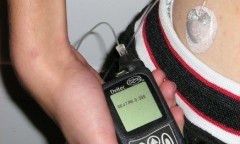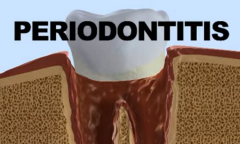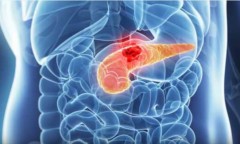By KM Diaz, | March 24, 2017

The resveratrol is a phytoalexin, stilbenoid, and a natural phenol found in the skin of grapes, raspberries, blueberries, and peanuts.
There is a certain powerful antioxidant produced by some plants for protection against natural enemies in the environment. Researchers spent years in studying this antioxidant to analyze if it has the potential to be the future treatment of diabetes.
The resveratrol is a phytoalexin, stilbenoid, and a natural phenol released by some plants to react to injuries when under attack by fungi or bacteria. It is found in the skin of grapes, raspberries, blueberries, and peanuts.
Like Us on Facebook
In some studies, resveratrol has been used to treat obese patients. Though it showed its ability to reduce the blood sugar level, the amount of the natural compound seen in the blood is insufficient. That's why some scientists questioned how it works.
But Jason Dyck, a professor of pediatrics at the University of Alberta, believed about the beneficial effects of resveratrol in the body, particularly in diabetic patients. He spent several years examining the potential ability of the natural compound to be a future treatment for diabetes. The study published in journal Diabetes.
Dyck and the researchers at the University of Alberta analyzed the influence of resveratrol on microbiome and bacteria in the gut of obese mice. The bacteria altered in their intestines which lead to developing glucose tolerance by feeding them with resveratrol for six weeks.
To further elaborate their findings, they conducted another trial with healthy mice in which they have been fed in a span of eight weeks. After that, they collected fecal waste from the mice for fecal transplant to the obese mice with insulin resistance. The result dramatically increased with fecal transplant rather than the oral resveratrol.
They performed the same method to pre-diabetic obese mice for two weeks and their blood sugar level becomes close to normal. Dyck and his team are convinced that the changes in the blood sugar level of the obese mice are due the unknown metabolite from the fecal matter.
The unknown compound is now being isolated to determine if it can be a potential treatment for diabetes in the future, particularly for impaired glucose homeostasis in obesity. Further testing to humans will be possible if the molecule will be identified, Dyck noted.
-
Use of Coronavirus Pandemic Drones Raises Privacy Concerns: Drones Spread Fear, Local Officials Say

-
Coronavirus Hampers The Delivery Of Lockheed Martin F-35 Stealth Fighters For 2020

-
Instagram Speeds Up Plans to Add Account Memorialization Feature Due to COVID-19 Deaths

-
NASA: Perseverance Plans to Bring 'Mars Rock' to Earth in 2031

-
600 Dead And 3,000 In The Hospital as Iranians Believed Drinking High-Concentrations of Alcohol Can Cure The Coronavirus

-
600 Dead And 3,000 In The Hospital as Iranians Believed Drinking High-Concentrations of Alcohol Can Cure The Coronavirus

-
COVID-19: Doctors, Nurses Use Virtual Reality to Learn New Skills in Treating Coronavirus Patients













